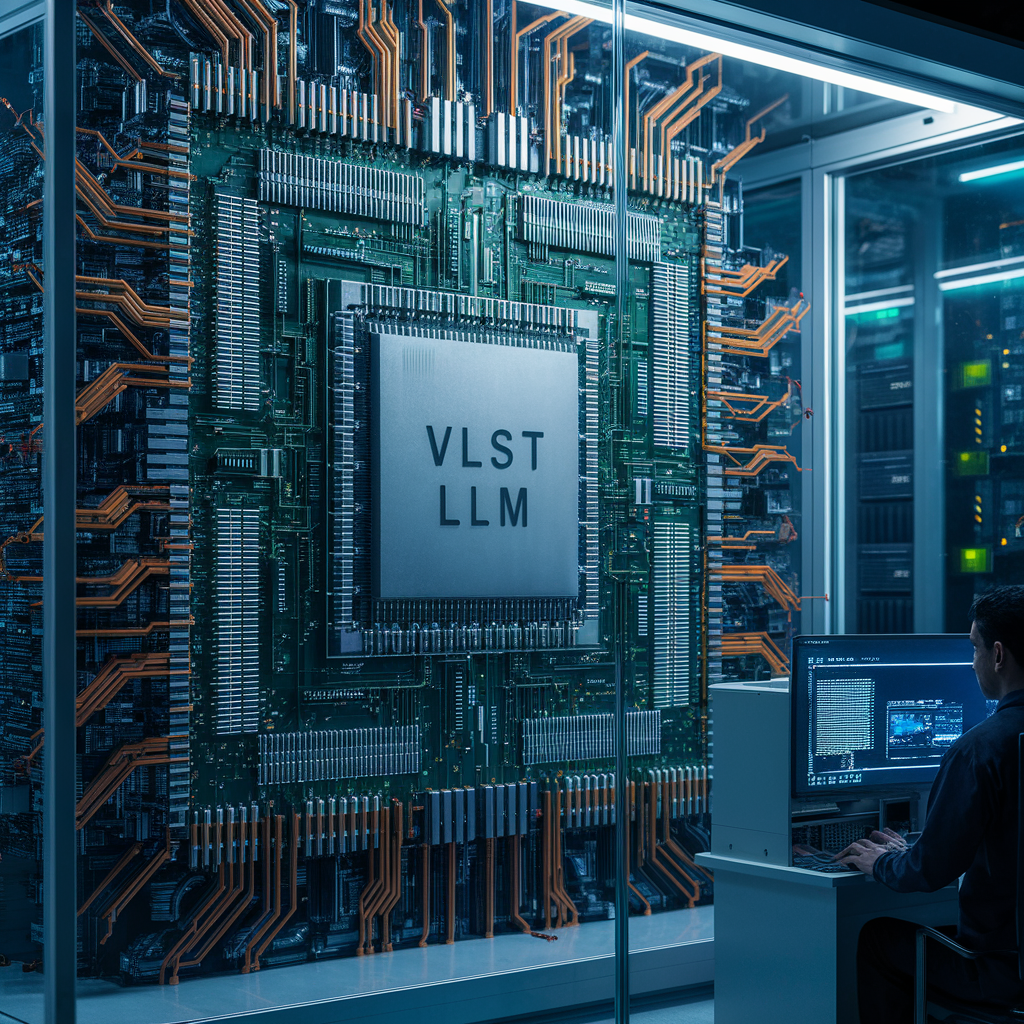Towards VLST-LLM Technology: The Next Frontier in Generative AI
As generative AI continues to evolve at an unprecedented pace, the emergence of Very Large Scale Transformer models, known as VLST-LLMs, promises a paradigm shift in how machine learning tackles complex tasks across various sectors. This article delves deep into what VLST-LLM technology entails, why it’s considered the next frontier in AI, and what it means for the future of technology.

Understanding VLST-LLM Technology
VLST-LLMs, or Very Large Scale Transformer Language Models, represent an advanced type of generative AI that can process vast amounts of data more effectively. These models expand upon the capabilities of existing large language models like GPT-3 but on a much grander scale. The “VLST” aspect refers to their immense size—both in terms of the parameter count and the breadth of data they can analyze and understand.
Key Characteristics of VLST-LLMs:
– Scale: These models operate on data sets previously unimaginable, going beyond petabytes of information.
– Complexity: They handle and derive insights from intricate data patterns with higher precision.
– Adaptability: VLST-LLMs can be fine-tuned for various industries and applications, making them extremely versatile.
The Potential Impact of VLST-LLMs
The deployment of VLST-LLM technology across different sectors could redefine operational efficiencies and innovation trajectories. Below are areas where VLST-LLMs could make significant inroads:
Healthcare:
– Precision Medicine: Improved accuracy in genetic sequencing and diagnostics.
– Drug Discovery: Acceleration of new drug development through rapid molecule screening.
Finance:
– Risk Assessment: Advanced algorithms to predict market trends and risks.
– Fraud Detection: Enhanced capabilities in detecting and preventing fraud.
Education:
– Personalized Learning: Tailored educational content based on individual learning patterns.
– Automation: Automating administrative tasks to allow educators to focus more on teaching.
Challenges Facing VLST-LLM Deployment
While VLST-LLMs carry transformative potential, they also pose significant challenges:
– Data Privacy: Handling large-scale data requires stringent measures to protect personal information.
– Energy Consumption: The environmental impact of running extensive data centers to support VLST models.
– Model Bias: Ensuring the fairness and neutrality of AI outputs.
Case Studies: VLST-LLMs in Action
Several pioneering applications of VLST-LLMs illustrate their vast potential. For example, in the pharmaceutical industry, companies leverage these models to drastically reduce the time and cost associated with bringing new drugs to market. In finance, VL and LLMs have been instrumental in creating more robust cybersecurity measures, safeguarding against increasingly sophisticated cyber threats.
Conclusion
VLST-LLM technology is not just a new development in AI; it’s a leap towards achieving more profound and impactful outcomes across all sectors. As we stand on the brink of this new frontier, the synthesis of human ingenuity with VLST-LLMs’ capabilities could unlock unimaginable possibilities and redefine what’s achievable with technology.
Practical Tips for Embracing VLST-LLM Technology:
- Stay Updated: Keep abreast of the latest developments in VLST-LLM technology.
– Strategic Partnerships: Collaborate with tech firms specializing in AI to integrate VLST-LLMs into your business.
– Ethical Guidelines: Develop robust ethical frameworks to guide the deployment of VLST-LLMs.
Given the rapid pace of advancements in AI, staying proactive and informed about VLST-LLM technology is not just advisable—it’s imperative for anyone looking to remain competitive in a digitally dominated future.